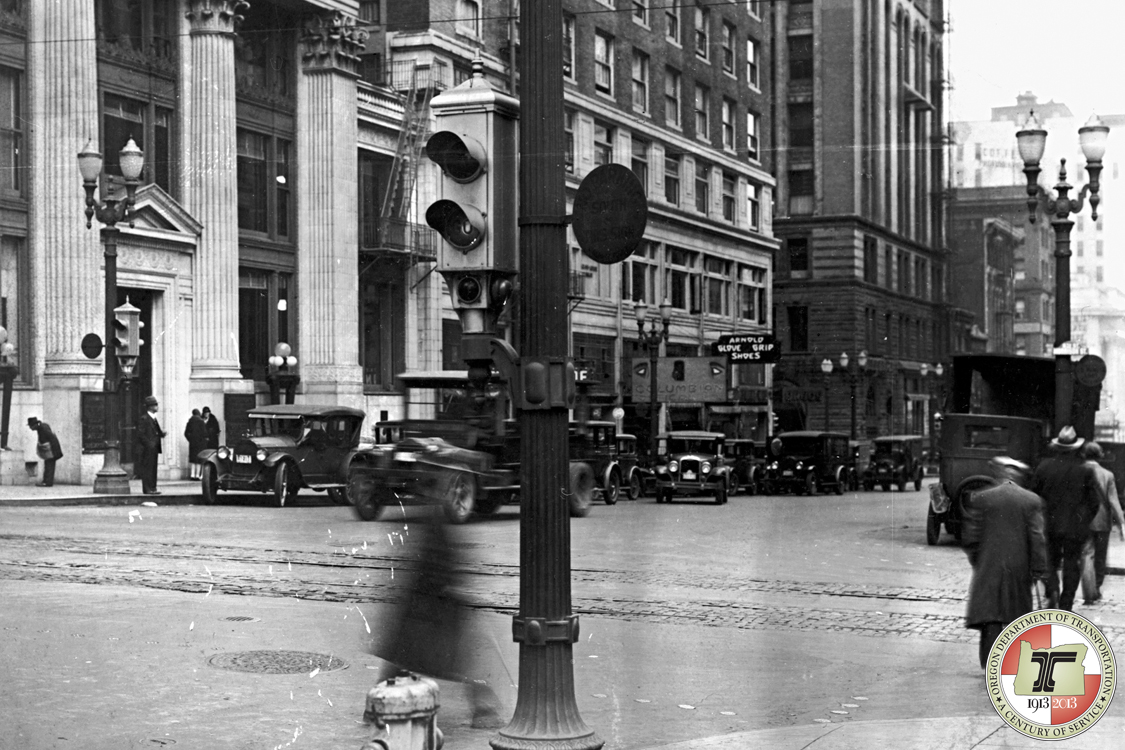Traffic lights, those ubiquitous signals that govern the flow of vehicles and pedestrians worldwide, have a rich and fascinating history. From their humble beginnings in the 19th century to the advanced computerized systems of today, traffic lights have evolved significantly over time, reflecting the growth and changes in our societies.

The Birth of Traffic Signals
Before the advent of traffic lights, traffic was managed by police officers stationed at key intersections. However, this method proved to be inefficient and often led to traffic congestion. The first solution to this problem came from non-electric, gas-lit traffic lights. They were installed outside the Houses of Parliament in London on December 9, 1868.
These early traffic lights, proposed by railway engineer J.P. Knight, were similar to the semaphore signals used on the railways. They had arms that extended horizontally to signal "Stop" and lowered to a 45-degree angle to indicate "Caution." At night, a red light signaled "Stop," and a green light indicated "Caution." Despite their initial success, these gas-lit signals had a short lifespan. They exploded just a month after their installation due to a gas leak, injuring the police officer operating them.
The Era of Pre-Electric Signals
In the early 20th century, semaphore traffic signals, similar to the one installed in London, were used across the United States. One such example was in Toledo, Ohio, where a two-light traffic signal system was installed. These signals used lenses and kerosene lamps for illumination and were controlled by a traffic officer.
In 1912, a traffic control device was placed atop a tower in Paris, France. This device was designed to manage traffic flow at the intersection of Rue Montmartre and Boulevard Montmartre, two busy streets in the city.
The Advent of Electric Signals
The first electric traffic light was developed by Lester Wire, a policeman in Salt Lake City, Utah, in 1912. This system, installed at the corner of East 105th Street and Euclid Avenue in Cleveland, Ohio, featured two colors, red and green. It also had a buzzer to alert police and fire stations in case of an emergency.
The first four-way, three-color traffic light was created by police officer William Potts in Detroit, Michigan. Potts introduced a third amber light to the system, which was timed to help coordinate the lights and improve traffic flow. By 1923, Los Angeles had installed 31 automated traffic signals at various locations on Broadway.
The Rise of Automatic Electric Signals
By 1922, traffic towers began to be controlled by automatic timers. The first company to incorporate timers in traffic lights was Crouse Hinds, a company known for building railroad signals. Using timers in traffic lights helped cities save money by reducing the need for traffic officers.
The introduction of automated traffic signals necessitated a change in pedestrian behavior. Most urban groups welcomed traffic lights as they were not influenced by potential human biases such as racism or mistrust of transit companies.
The Age of Computerized Signals
The control of traffic lights took a significant turn with the rise of computers. Early computerized systems could detect the number of waiting cars against a red light and the length of time the first vehicle had been waiting. One of the best historical examples of computerized control of lights was in Denver, Colorado.
As computers evolved, so did traffic light control, becoming more efficient and easier to manage. In 1967, Toronto, Canada, was among the first to use computers to control traffic signals across the city.
The Future of Traffic Lights
Today, traffic lights are an integral part of our road infrastructure. They help maintain order and safety on our streets. With the advent of smart cities and autonomous vehicles, traffic lights are set to undergo further transformations. Advanced technologies like AI and IoT are being integrated into traffic management systems. These systems help pave the way for real-time traffic analysis, adaptive signal timings, and improved traffic flow.
From their humble beginnings as gas-lit signals in 19th-century London to the sophisticated computer-controlled systems of today, traffic lights have come a long way. They are a testament to human ingenuity and our relentless pursuit of order, efficiency, and safety.
As we look to the future, it's exciting to imagine the next chapter in the history of traffic lights. Will they communicate directly with autonomous vehicles? Will they use advanced algorithms to predict traffic flow and adjust signal timings accordingly? Only time will tell. But one thing is certain: traffic lights, in whatever form they take, will continue to play a crucial role in our transportation systems.
Do you have any questions? Want to know more? Have a few seconds to say 'hi'? Comment below! Let us know what you think.







.png?width=300&height=87&name=logo%20(1).png)